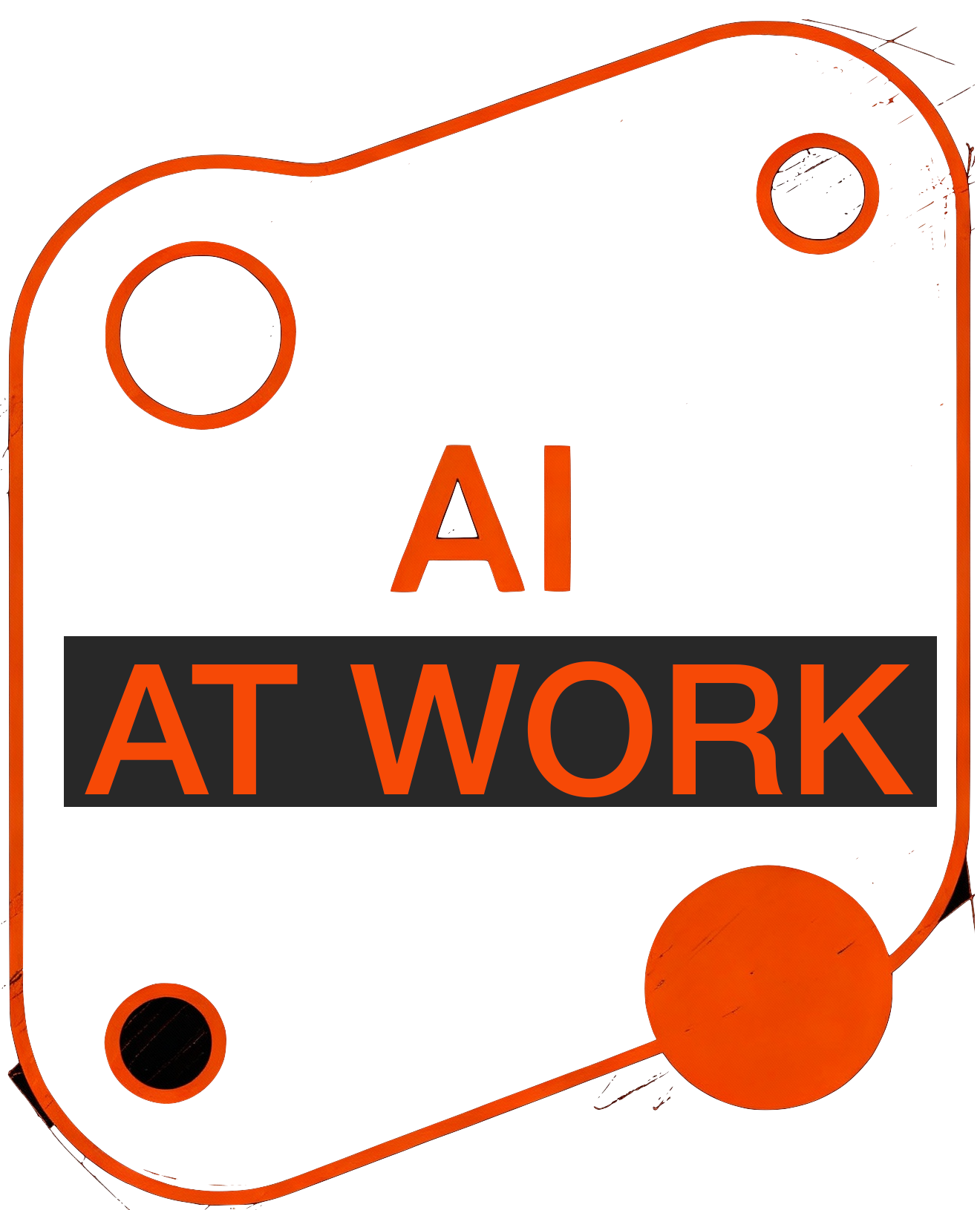Beyond Buzzwords: How to Measure, Reward, and Deliver Real AI Value

Artificial intelligence (AI) is everywhere—again. Headlines promise game-changing results, but for SMB executives and managers, real progress means looking past the hype and getting practical. Isn’t the point to make your teams, your business, and your customers’ lives a little easier? This article is for leaders who want to know: How do you measure if AI is working, keep everyone motivated, and put the customer first?
Measure What Matters—AI Native Metrics
If you’re still tracking AI projects with traditional performance indicators, you’re missing what makes these systems special. Legacy KPIs—speed, volume, cost—don’t tell the whole story. AI brings new dimensions: adaptability, learning, and accuracy in predictions. What if you measured the reduction in manual steps per client interaction, or how often your forecasts match reality?
Integrating “AI native metrics” into your operations means tracking outcomes that show true progress—just like updating your company dashboard to reflect what matters now. The real win? You see not just what’s automated, but what’s improved, making it obvious where AI is actually moving the needle.
Share Dividends—Connect Gains to People
Here’s a pattern: An AI pilot saves hours or money, but the results disappear into the ether. People feel none the wiser, and motivation lags. Flip the script! When AI delivers, let your team share the benefit—whether that’s comp time for efficiency wins, a bonus tied to cost savings, or simply recognizing innovators out loud.
Consider the local shop that automated inventory; employees gained hours back in their week and used the time for cross-training (plus a small quarterly bonus). When everyone experiences tangible dividends, AI moves from abstract initiative to everyday advantage. The message? Make success felt—not just seen in a report.
Always Ask: How Does This Help Our Customer?
It’s too easy for AI discussions to orbit internal goals—automation, revenue, process improvements—without ever landing on the customer. Every project should start with, “How does this help the customer or client?” Is it faster response times? Personalized service? Fewer errors?
Bake this question into your project planning and review sessions, so every team member gets in the habit of viewing AI through a customer lens. The result: Initiatives that not only boost operations, but truly uplift the experience for those who matter most.
Conclusion
Bridging the gap between AI’s immense potential and practical impact isn’t about one big leap—it’s an ongoing practice. Leaders who measure the right metrics, reward shared success, and stay anchored in the customer’s needs are the ones paving the way for real, lasting results. Try reviewing your last AI project: Did you measure AI value in a way that made sense? Did your team feel the impact? Did your customers notice a difference?
Focus on these steps, and you’ll be able to confidently navigate the last mile of AI adoption—making technology a real tool for relief, growth, and smarter business.
Source:
From Models to Mindset: The Last Mile of AI Adoption, Paul McDonagh-Smith, September 9, 2025, MIT Sloan Executive Education Webinar.